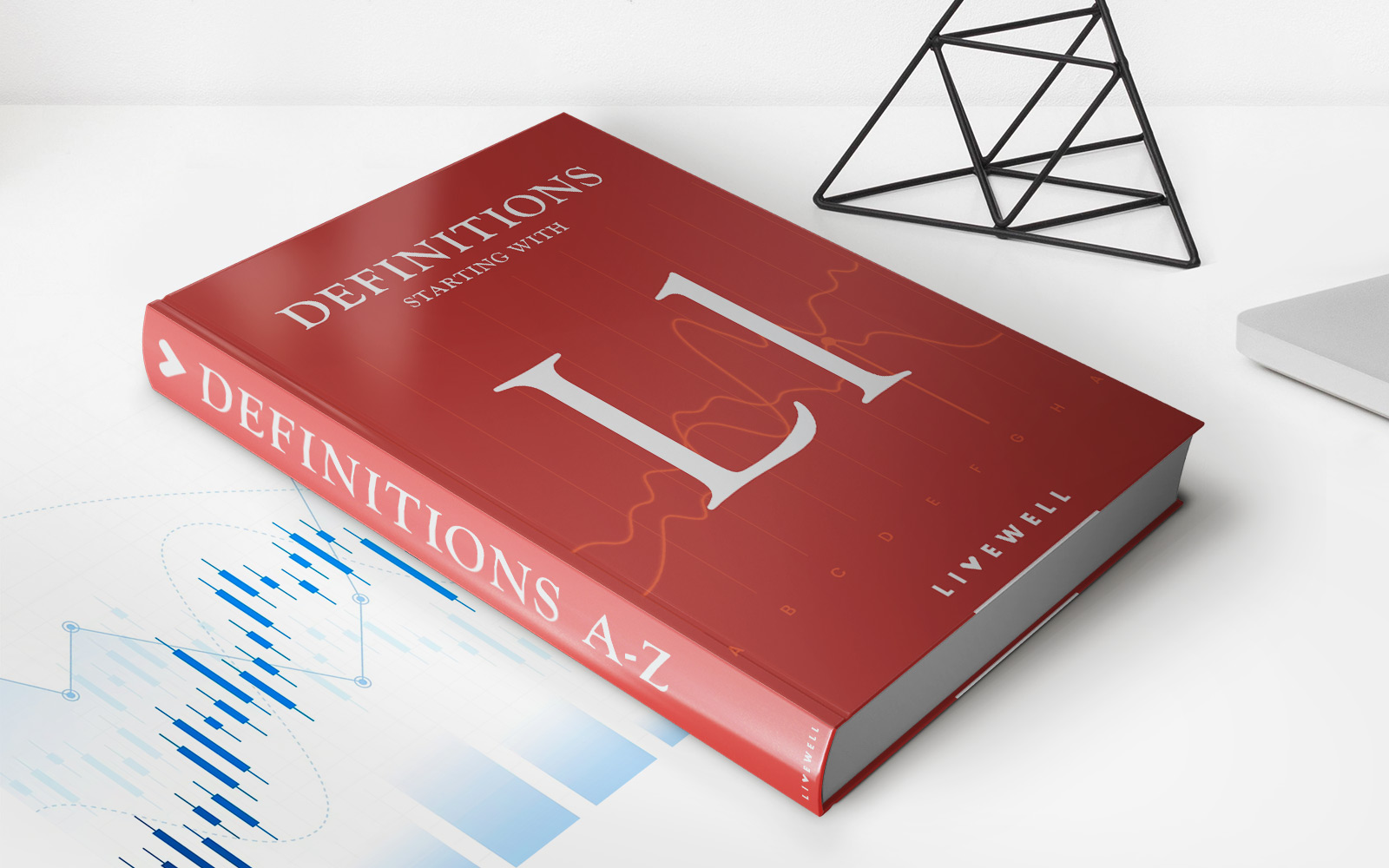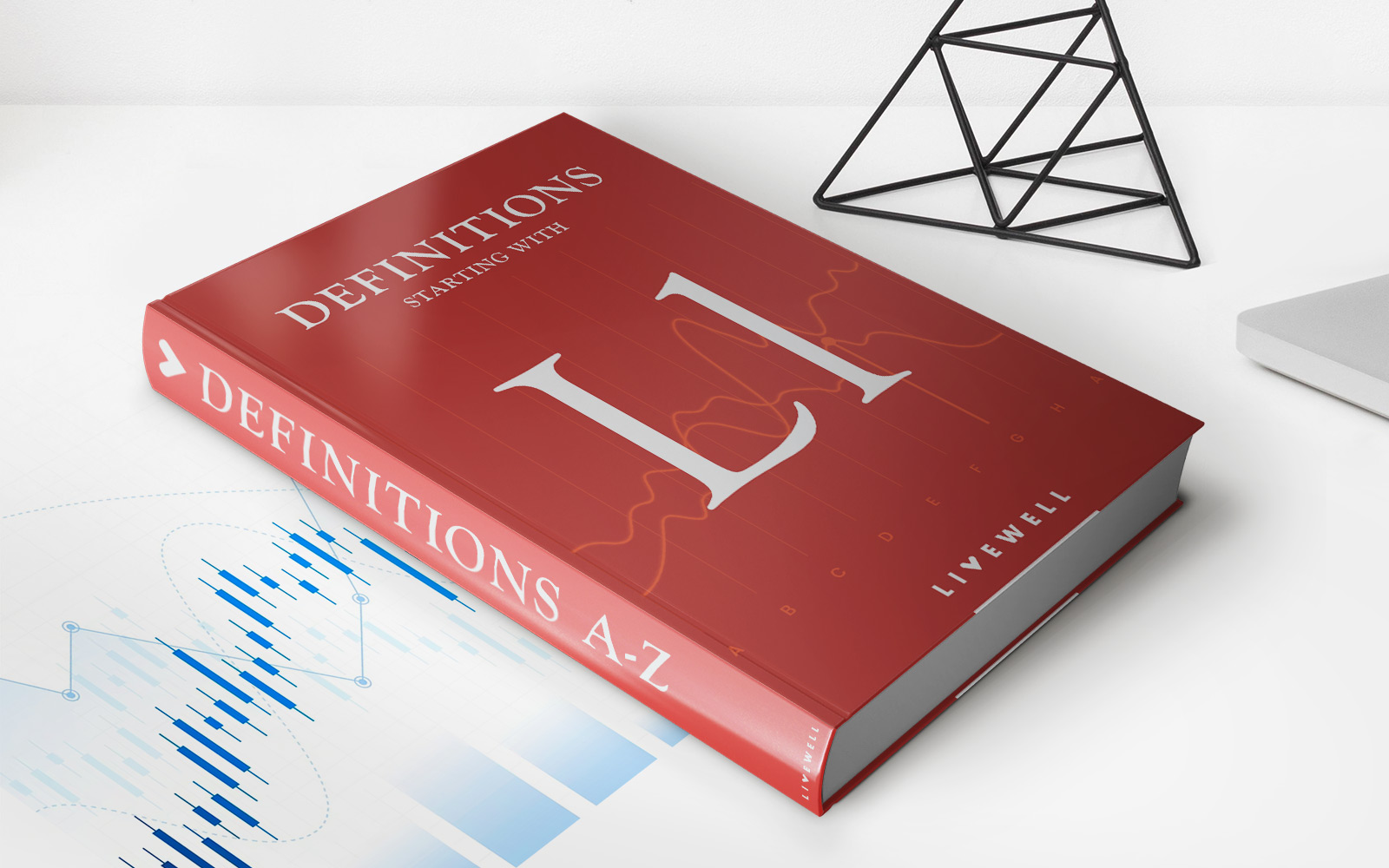Home>Finance>Loan-to-Cost Ratio: Definition, What It Tells You, Calculation


Finance
Loan-to-Cost Ratio: Definition, What It Tells You, Calculation
Published: December 19, 2023
Learn about loan-to-cost ratio in finance, including its definition, what it tells you, and how to calculate it.
(Many of the links in this article redirect to a specific reviewed product. Your purchase of these products through affiliate links helps to generate commission for LiveWell, at no extra cost. Learn more)
Understanding Loan-to-Cost Ratio: What It Tells You and How to Calculate It
When it comes to financing a project, such as purchasing a property or starting a new business, understanding the loan-to-cost ratio is crucial. This ratio plays a significant role in determining the amount of financing you can secure and provides insights into the feasibility of your project. In this blog post, we will delve deep into the definition of loan-to-cost ratio, discuss what it tells you, and walk you through the calculation process.
Key Takeaways:
- The loan-to-cost ratio compares the loan amount to the total cost of the project, giving an indication of the level of financing obtained.
- A higher loan-to-cost ratio indicates that the borrower is taking on more debt compared to the total project cost.
Defining Loan-to-Cost Ratio
The loan-to-cost ratio (LTC) is a financial metric that provides a clear picture of the level of financing obtained in relation to the overall cost of a project. It is commonly used by lenders, investors, and developers to evaluate the risk associated with a project and assess its financial feasibility.
Simply put, the loan-to-cost ratio is calculated by dividing the loan amount by the total cost of the project. The result is expressed as a percentage. For example, if the loan amount is $500,000 and the total project cost is $1,000,000, the loan-to-cost ratio would be 50%.
What The Loan-to-Cost Ratio Tells You
The loan-to-cost ratio provides valuable insights into the financial structure of a project. Here’s what it can tell you:
- Level of Financing: The loan-to-cost ratio helps determine the percentage of the total project cost that will be covered by the loan. This is important for both lenders and borrowers, as it gives a clear idea of the debt load and the amount of capital required for the project.
- Risk Assessment: A higher loan-to-cost ratio suggests that the borrower is taking on a larger amount of debt compared to the total project cost. This indicates a higher risk for lenders, as it increases the likelihood of default. On the other hand, a lower loan-to-cost ratio may indicate a lower risk and higher equity participation from the borrower.
How to Calculate Loan-to-Cost Ratio
Calculating the loan-to-cost ratio is a straightforward process. Follow these steps:
- Step 1: Determine the loan amount you will receive for the project.
- Step 2: Calculate the total cost of the project, including all associated expenses such as acquisition costs, construction costs, and any other relevant costs.
- Step 3: Divide the loan amount by the total cost of the project.
- Step 4: Multiply the result by 100 to get the loan-to-cost ratio expressed as a percentage.
For instance, if the loan amount is $500,000 and the total project cost is $1,000,000, the calculation would be:
Loan-to-Cost Ratio = ($500,000 / $1,000,000) * 100 = 50%
In Conclusion
The loan-to-cost ratio is a crucial metric in the world of finance. Understanding this ratio not only helps lenders evaluate the risk associated with a project but also enables borrowers to gauge their borrowing capacity and make informed decisions. By calculating the loan-to-cost ratio and assessing what it tells you about your project’s financing structure, you can approach lenders with confidence and ensure the financial success of your venture.














